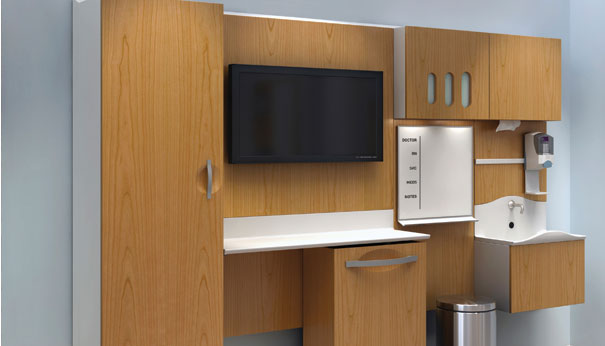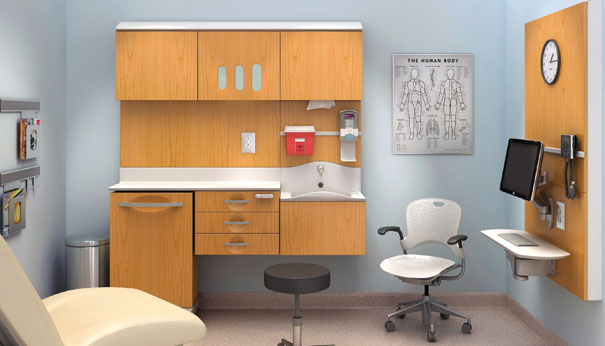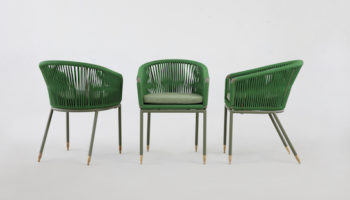Herman Miller’s Compass System Revolutionizes the Hospital Room
Healthcare may not be the most glamorous segment of the contract market for A & D, but innovative products in this niche are certainly highly sought. Especially given the meteoric rise in healthcare costs, industry professionals are always on the lookout for new systems with better functionality. During the research phase for the new Compass System for hospitals, Herman Miller devoted countless hours interviewing healthcare professionals, asking them for specific guidance on how they interact with a space (or need a space to interact with them and their patients) given a particular demand.
Compass System. Designed by Herman Miller.
The results suggested that the millennial hospital room should strive to accomplish four key objectives: 1. support changing technology, 2. improve nurse efficiency, 3. improve the patient and family experience, and 4. be healthcare appropriate.
Compass is essentially a modular system that enables rapid change-outs so one room can fulfill multiple functions. The changeability responds to a pervasive problem in many hospitals-old and new wings and the consequent disparity in room functionality and healthfulness. Designer Gianfranco Zaccai believes that "there shouldn't be a first class and second class area of a hospital," so a Compass room has a rail mounting system with integrated infrastructure; thus, components can be quickly switched out to transform, for instance, a pediatric room into a geriatric room. The multi-use ethos of Compass not only assures that each room is of equal healthfulness and appropriate functionality, it also makes better use of hospital space. This enables better traffic management-less waiting times for patients and their families and less overload of high demand areas like the ER.
Other virtues of Compass are easily apprehended by the naked eye: shallower components (sinks, monitors, and work surfaces) help save space; ergonomically designed sinks and faucets facilitate efficient operation and reduce splash, thus minimizing the spread of infection; surfaces are easily accessible and therefore easy to clean; Durawrap finishes offer a seamless surface that prevents seepage of spills; and interchangeable modules increase the life of a particular room, much in contrast to the throwaway mentality of year's past. And Compass has strong environmental credentials from the production side as well: Durawrap is 99.9% PVC-free and all Compass components contain nearly 60% recycled content.






Leave a Reply